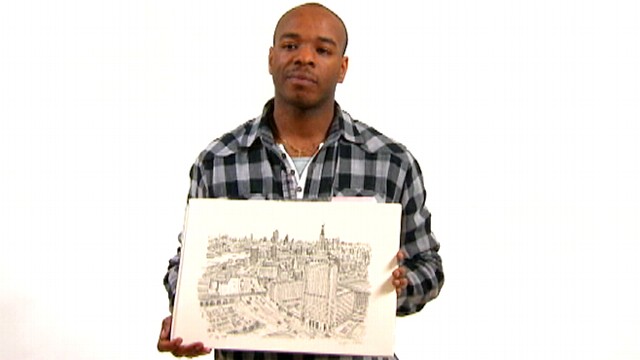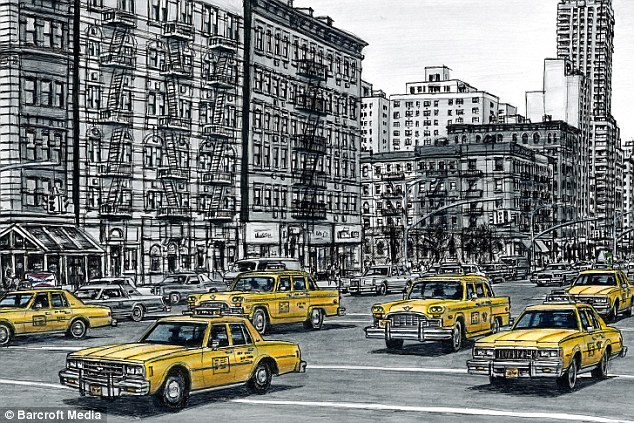
In February 1987 Stephen appeared in The Foolish Wise Ones. (The show also featured savants with musical and mathematical talents.) During his segment, Hugh Casson, a former president of London’s Royal Academy of Arts, referred to him as “possibly the best child artist in Britain.” Casson introduced Stephen to Margaret Hewson, a literary agent who helped Stephen field incoming book deals and soon became a trusted mentor. She helped Stephen publish his first book, Drawings (1987), a volume of his early sketches that featured a preface by Casson. Hewson, known for her careful stewardship of her client’s financial interests, made sure a trust was established in Stephen’s name so that his fees and royalties were used wisely. (Hewson’s obituary, published in the London Daily Telegraph [February 9, 2002], lauded her “tireless promotion of his interests” and stated that despite having several other high-profile clients, she “was perhaps best known for championing… Stephen Wiltshire.”)

Hewson arranged Stephen’s first trip abroad, to New York City, where he sketched such legendary skyscrapers as the Empire State Building and the Chrysler Building, as part of a feature being prepared by the London-based International Television News. (He is quoted in the London Times article as saying, “I’m going to live in New York [some day]. I’ve designed my penthouse on Park Avenue.”) While in New York Stephen met Oliver Sacks.
Sacks was fascinated by the young artist, and the two struck up a long friendship; Sacks would ultimately write extensively about Stephen. The resulting illustrations from his visit – along with sketches of sites in the London Docklands, Paris, and Edinburgh – formed the basis for his second book, Cities (1989), which also included some drawings of purely imaginary metropolises.
With Hewson’s help, Stephen enrolled in a three-year degree program (followed by a one-year postgraduate course) at the prestigious City and Guilds of London Art School, where he studied drawing and painting. He often commuted by himself on the London underground system. Stephen Wiltshire later successfully postgraduate in Painting and Drawing as well as Printmaking at his degree show in 1998.
At about this time Stephen embarked on a drawing tour of Venice, Amsterdam, Leningrad, and Moscow, attracting crowds wherever he stopped to draw. He was accompanied part of the time by Sacks, who was conducting research for a new book of case histories. (The resulting volume, An Anthropologist on Mars, published in 1995, brought Stephen Wiltshire to the attention of an even wider audience.) His third book, Floating Cities (1991), contains the elaborate drawings he made on the tour, along with a foreword by Sacks, who wrote, “Floating Cities represents sixteen-year-old Stephen’s artistic response to a ‘Grand Tour’ of Europe. The architectural refinement of a bygone Venetian Republic is juxtaposed to the solid merchant spirit of the Northern Renaissance as seen in Amsterdam. The barbaric vitality and energy of Moscow is set against that epitome of elegance, Leningrad – so often called ‘the Venice of the North.’ These drawings testify to an assured draftsmanship and an ability to convey complex perspectives with consummate ease. But more importantly, they reveal his mysterious creative ability to capture the sensibility of a building and that which determines its character and its voice. It is this genius that sets him apart and confers upon him the status of the artist. For a child who was once locked within the prison-house of his own private world, unable to speak, incapable of responding to others, this thrilling development of language, laughter, and art is a miracle.”
